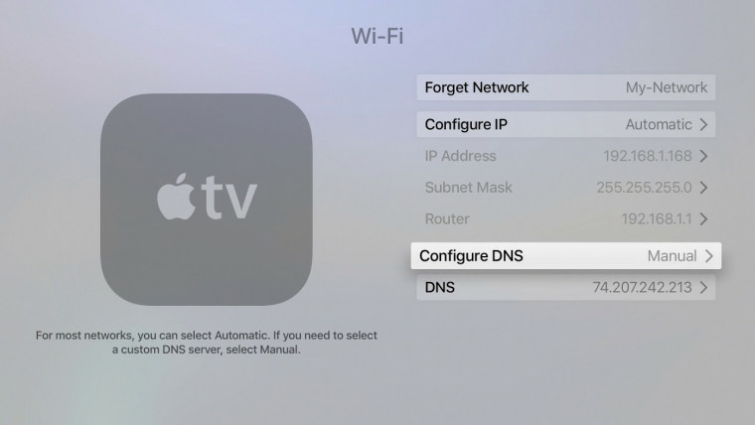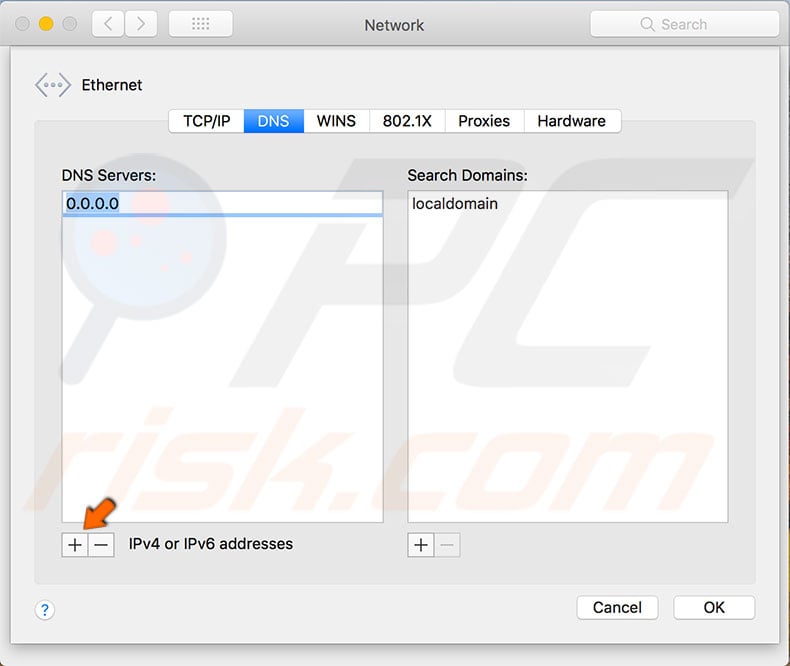
- Mac restart dns how to#
- Mac restart dns mac os x#
- Mac restart dns update#
- Mac restart dns password#
- Mac restart dns windows#
Click the Advanced button found in the lower right corner. In the left hand navigation column, click the first connection that is marked Connected to select it.
Mac restart dns mac os x#
On a side note, the dscacheutil is interesting in general and worth taking a look at, try the -statistics flag instead for some stats.įlush your DNS Cache in Mac OS X 10. How Do You Flush and Reset DNS on macOS First, close all programs and browsers you have open on your computer. Step-by-Step Click on the Apple logo in the top left of the screen and select System Preferences. Flush DNS Cache in Ubuntu by restarting the nscd.
Mac restart dns how to#
Launch Terminal and issue the following command:Īll done, your DNS has been flushed. Learn how to flush DNS cache on Windows, Mac, RedHat or Ubuntu. You can also find that process running in Activity Monitor.įlush DNS Cache in Mac OS X 10.5, Mac OS X 10.6 Note the dscacheutil still exists in 10.7 and 10.8, but the official method to clear out DNS caches is through killing mDNSResponder. To do this, click Applications, click Utilities, and then click Terminal. Launch Terminal and enter the following command, you will need to enter an administrative password: Mac OS X operating systems Open a terminal window. Depending on your version of OS X, open your Terminal and follow the appropriate directions below:įlushing DNS Cache in OS X Lion (10.7) and OS X Mountain Lion (10.8) You can do this by pressing the Command key + Space Bar at the same time to open your Spotlight Search. flushing your DNS cache in Mac OS X is actually really easy, and there are two different commands to use, one for Leopard and for Tiger. But a more easy solution was just to flash DNS cache! So,

Mac restart dns update#
Under Clear data for this time period, select Everythingand click Clear Browsing Data.After upgrading to 10.8.2 I have got a problem with adding a new entry into hosts file: the update was recognised only after system restart. To reset your DNS settings for Mac, click IPVanish at the top of the menu bar (It's right next to the Apple logo icon), then click on 'Preferences.' Once the 'Preferences' window appears, click on 'Connection' at the top and click the 'Fix OpenVPN DNS' button as shown below: If you are having any.

Under Go to the Chrome menu, select Clear Browsing Data and check all boxes (except passwords, if desired).

Some computers also don’t show an active power light or have any fan or drive noise. A Mac is completely shut down when the screen is black.
Mac restart dns windows#
If you don’t want app windows that are open to reopen when your Mac restarts, deselect Reopen windows when logging back in. Under Clear data for this time period, select Everything(except passwords, if desired) and click Clear Browsing Data. On your Mac, choose Apple menu > Shut Down. Type the following command and hit enter: /etc/init.d/nscd restart.
Mac restart dns password#
Go to the Safari menu, select Reset Safari, check all boxes and click Reset.Įxpand the Wrench Icon in the upper right corner and select History and check all boxes. Linux Open up a root terminal window (Ctrl+T in Gnome). sudo killall -HUP mDNSResponder say DNS cache has been flushed Hit the Return/Enter key and enter the admin password when requested (this is necessary because of sudo privileges) Wait a few moments for the DNS cache to be cleared You will get a verbal audio alert the DNS cache has been flushed when complete. Under Time range to clear select Everything (except passwords, if desired) and click Clear Now.Įxpand the Cog Icon in the upper right corner and select Reset Safari.

Go to the History menu, select Delete Browsing History, check all boxes (except passwords, if desired) and click Delete.Ĭlick on Firefox at the top left of your browser, go to the History menu, select Clear Recent History and check all boxes. sudo killall -HUP mDNSResponder & echo macOS DNS Cache Reset The. In the DNS section, type the new IP address of your. Execute the following command to clear the DNS Cache from your machine 1. The following table provides instructions for clearing the DNS cache within common Internet browsers. To reset your DNS on a Mac, open System Preferences, click Network, and then click the Advanced button. If you have recently set up your filtering, or just changed a setting, a cache clear may be necessary before you see your filtering take effect.


 0 kommentar(er)
0 kommentar(er)
